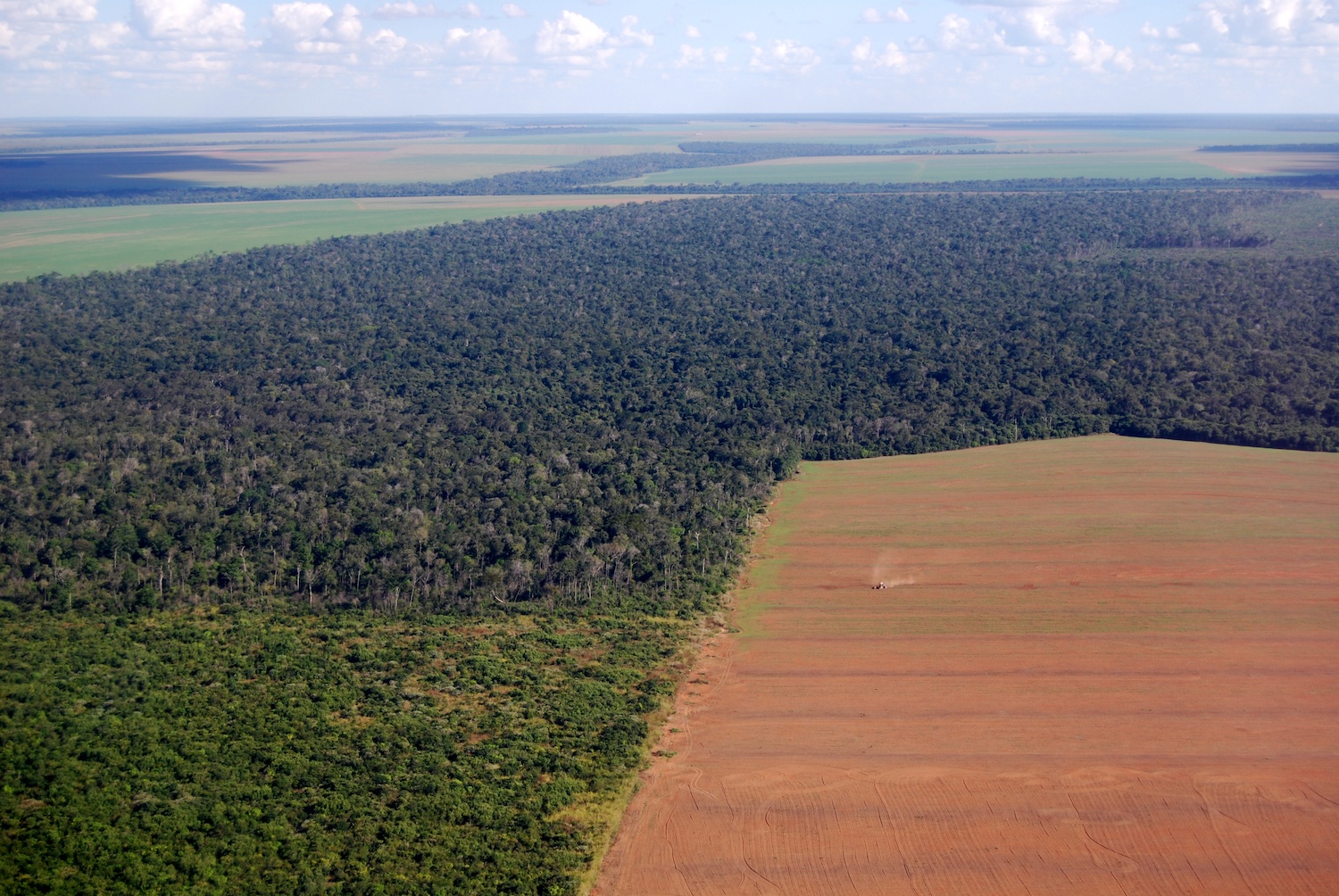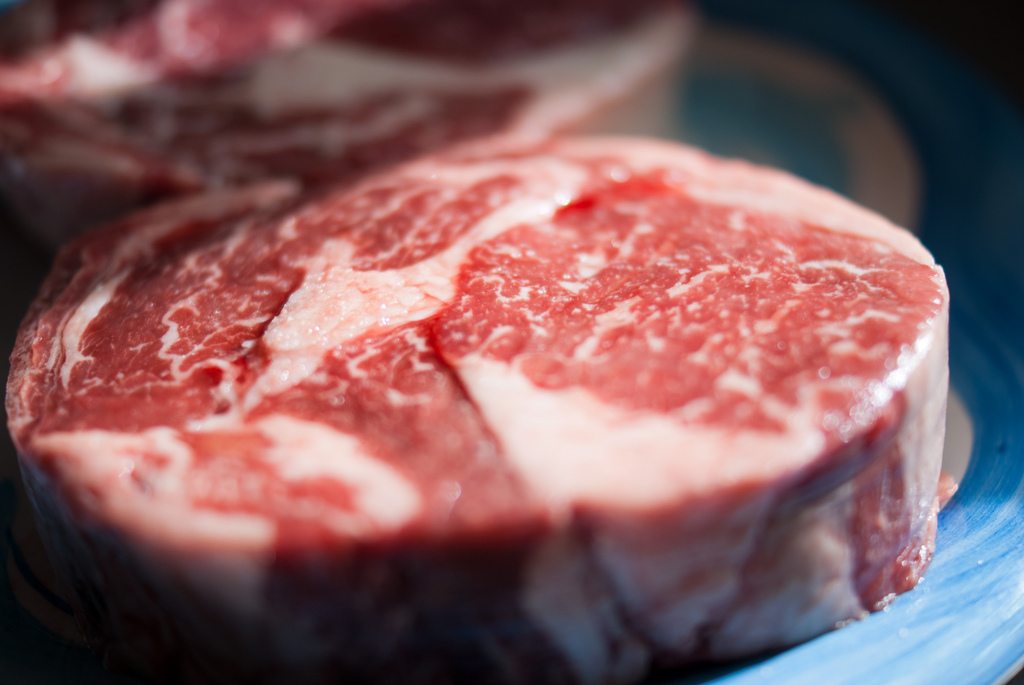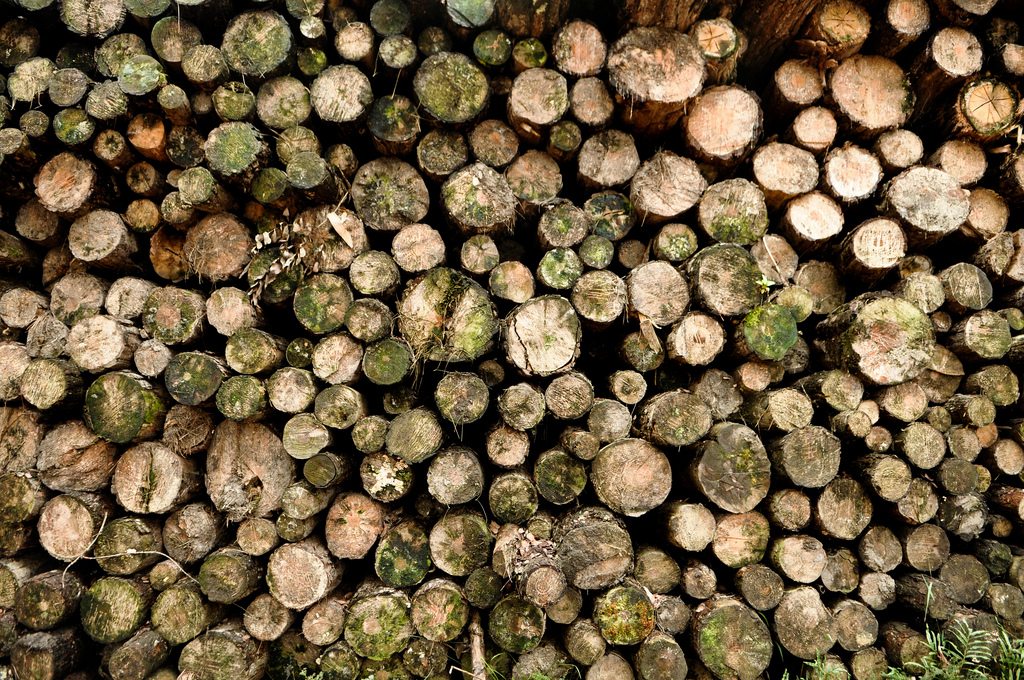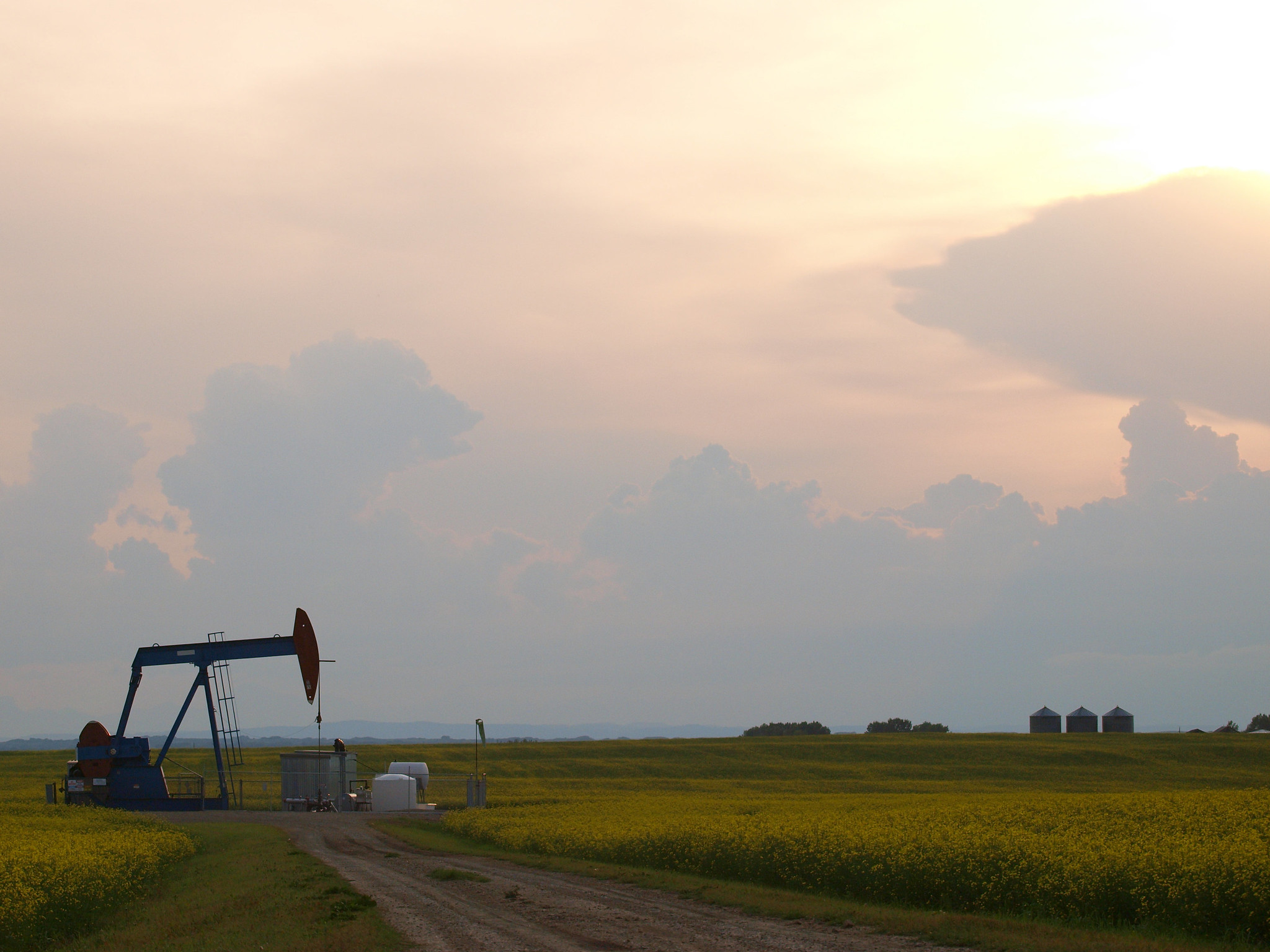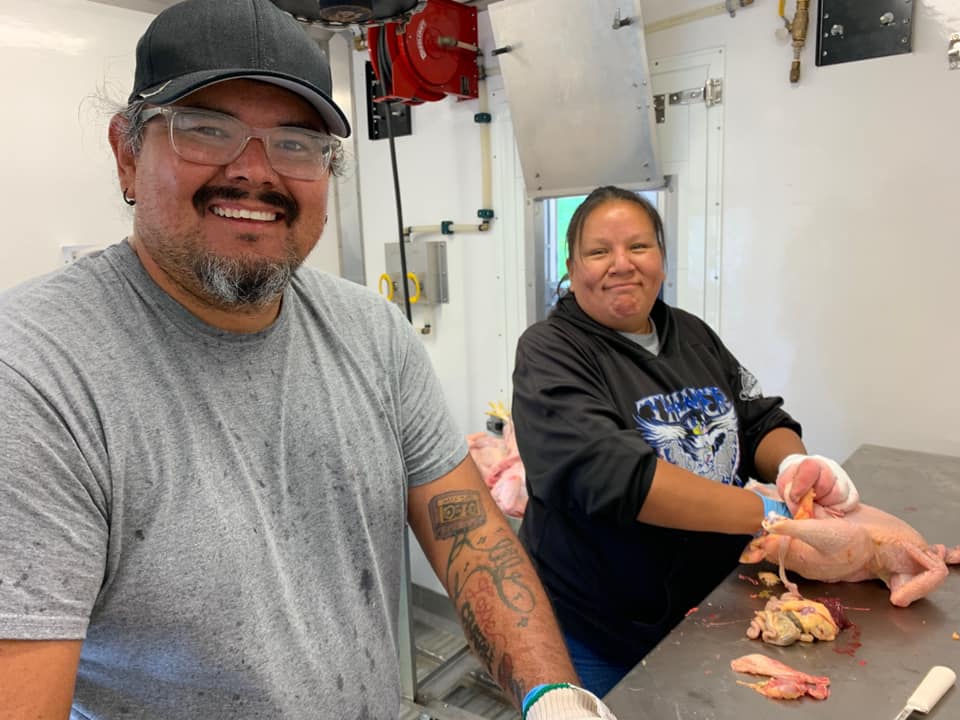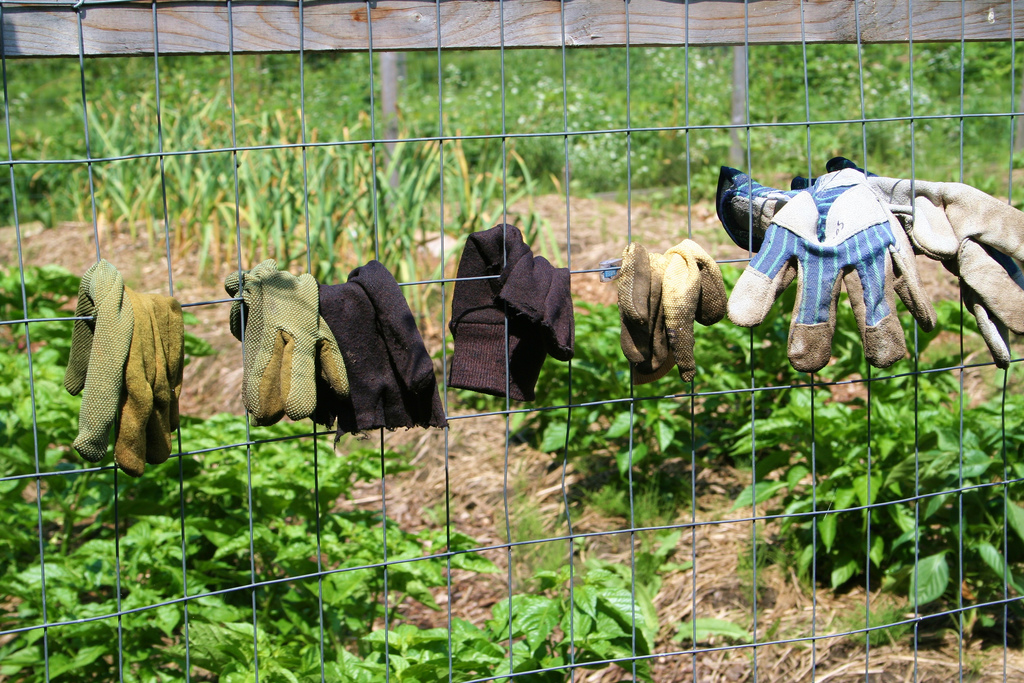The lead author of a comprehensive new report connects the dots on how the way we eat affects tropical forests—and vice versa.
On March 25, the United Nations Food and Agriculture Organization (FAO) released a new report on the state of forests in Latin America and the Caribbean. Titled Forest Governance by Indigenous and Tribal Peoples, the report shows that forests managed by these groups are twice as likely to avoid deforestation as similarly accessible forests managed by others. But “threats to these forests and their inhabitants are growing,” according to the report, including from agricultural interests, “in a way that is disproportionate and unsustainable.” That creates a potential crisis with regards to these extensive, tree-filled tracts that are so essential for planetary health—affecting rain patterns and helping cool the air, curtailing greenhouse gas emissions and holding carbon, and protecting biodiversity. In fact, another new report, from Global Forest Watch, shows that the rate of global forest destruction accelerated sharply in the last year.
Agriculture, much of it in support of American supply chains, is the main driver of deforestation in Latin America. The beef and palm oil industries continue to raze large swaths of tropical forest in the global south—Brazil, in a high export year, might supply an estimated 50,000 tonnes of beef to the U.S., and imports surged during the pandemic, to close up supply chain snafus; and environmental groups Mighty Earth and Greenpeace recently turned a jaundiced eye on the promise from Brazilian meat producer JBS to eliminate deforestation…14 years from now. In light of all this, we wondered what cautionary tales were embedded in the FAO report: Just how closely is what’s going on in Latin American forests linked to choices we make about dinner in the U.S.? What parallels exist between forest-related Indigenous food sovereignty and security there and here? And what’s the best route to preserving forest and other critical lands from destruction?
To find out, The Counter talked to David Kaimowitz, who authored the FAO report and serves as manager of the organization’s Forest and Farm Facility. The conversation below has been edited for length and clarity.
How much does deforestation in Latin America affect American lives and food security?
Environmentally, there are four ways. One, when we burn down forests it sends carbon into the air and causes the atmosphere to heat up, and all climates change; greenhouse gases pumped into the atmosphere in turn affect crop yields, making our food more expensive. Two, when we cut down large numbers of trees it causes changes in rain patterns; it’s called teleconnection, when what’s happening in the Amazon affects rainfall in California [where so many crops are grown]. Three, we need the genes from plant wild relatives that come from forested areas to give us new varieties of crops to fight new diseases and pests. And four, when people enter [once-isolated] forested areas, they get zoonotic, vector-borne diseases that pass from wild animals to people. The bottom line is, we’re much more connected to nature than we remember.
Is American consumer demand driving the deforestation your report discusses?
The U.S. has been importing beef from forested areas in Latin America for decades; the term “hamburger connection” goes back to the 1980s. Historically, forests in northern Guatemala have been cut down for calving farms, where calves live for a certain number of months before they get taken to Northern Mexico to fatten in feedlots; then that beef has been taken across [the border]. But you’re hearing about deforestation in Brazil now. Beef there used to be for Brazilians and that was because [cattle] in tropical South America had hoof-and-mouth disease. Once they got rid of that Brazil could export beef to a lot of different countries, beginning mostly with the Middle East and Europe. Increasingly Brazil has been exporting to the U.S., and even more so with the pandemic because of problems in U.S. slaughterhouses. It’s important to note that one major reason that Latin American Indigenous peoples manage land better is because beef is not a regular part of their diet.
Is beef the only culprit?
There are three other good examples [of deforestation for agriculture]. There’s the clearing of beautiful pine forests managed by Purépecha indigenous communities in Michoacán, Mexico, to grow avocados, [about 80 percent] of which go to the U.S. This not only destroys forests and weakens communities; it has been heavily linked to organized crime. [Ed. Note: As Business Insider reports, the popularity of this fatty fruit has caused Mexican cartels to extort money from avocado farmers.]
Then there is Mayan honey, which is one of most important products in the Yucatán peninsula. Their bees depend on forest to get nectar from flowers. Some of this honey is sold to tourists to the Riviera Maya. But the real problem is that large, mechanized soybean farmers have been coming in and chopping down the trees this honey depends on; the soybeans are taken to pork fattening houses or huge poultry factories, [serving] Asia.
And finally, palm oil consumption is causing deforestation in Indigenous areas in Chiapas, Mexico, as well as Guatemala, Honduras, Nicaragua, and parts of the Amazon.
There’s been a push in the U.S. to restore land for Indigenous food sovereignty and security: “We depend on the land to eat,” a leader of the Yurok Tribe recently told Civil Eats. Are there parallels in Latin America?
In Latin America so much of Indigenous people’s diet depends on forest—meat, vegetables and fruits; fish from rivers and streams also depend on forest ecosystems. But there’s also the issue of land management—the way Indigenous peoples in the Western U.S., Brazil, Venezuela, and other savannah areas of South America, have managed fire carefully for centuries. Their constant presence on the land allows them to monitor local conditions. Laws in most countries protect Indigenous territories, so we have to ensure that their rights are respected so they can maintain [the land] for all of us.
Are we taking the threat to Indigenous-managed forests—and global health—seriously enough?
I’m an economist and they teach economists that culture doesn’t matter; in economics there is no culture unless it has a price. Latin America has over 800 Indigenous cultures that are linked up with forests. What happens to them is very much our problem. The forest areas where they live cover 300 million hectares—big enough to affect global climate, [which affects what and how we eat]. I grew up thinking the Amazon was just there. Now, in our children’s lifetime, it could be gone.
